Slovakia, Autumn 1944 - p.16: Images
Attribution
These pictures are from various sources on the web. They were found and downloaded with the help of Google.
The page numbers in my captions (under the pictures) refer to the pages in the narrative.

Area Map.
The events described in pages 1 through 15
took place between Banska Bystrica (bottom right)
and Martin (top).

p.1 & p.10: WW II era 8mm rifle CZ vz.24

p.1 & p.14: "Potatomasher" handgrenades
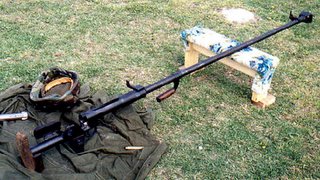
p.1: PTRD = Protivotankovoye Ruzh'yo Degtyarova
WWII Russian 14.5mm Anti Tank Rifle
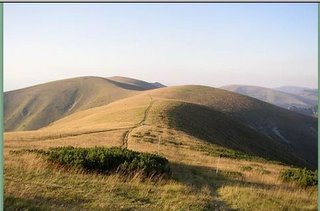
p.2 & p.9: Velká Fatra (1590m high Ostredok) in good weather

p.3 & p.10: CZ light machine gun

p.4: Pistolet-Pulimyot Shpagina-41
Soviet submachine gun nicknamed "Pepesha"

p.5: The village of Jaseno (near the town of Martin).
The church steeple and the slope behind it figured in my first firefight.
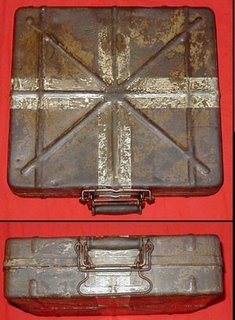
p.9: Packkasten für Handgranate ( WWII Grenade Case)
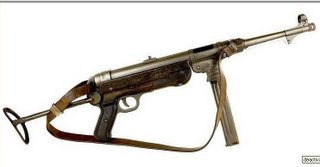
p.10: Maschinenpistole MP 40, nicknamed "Schmeisser"

p.1 & p.11: Dextro-Energen wafers in postwar packing
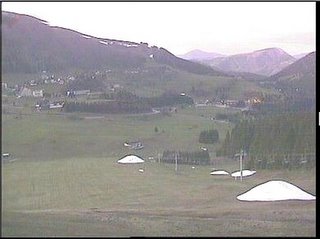
p.13: Donovaly

p. 14: Kalištie

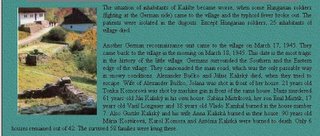
p.14: Kalistie

p.15: Ján Bakoss, protestant minister
These pictures are from various sources on the web. They were found and downloaded with the help of Google.
The page numbers in my captions (under the pictures) refer to the pages in the narrative.

Area Map.
The events described in pages 1 through 15
took place between Banska Bystrica (bottom right)
and Martin (top).

p.1 & p.10: WW II era 8mm rifle CZ vz.24

p.1 & p.14: "Potatomasher" handgrenades

p.1: PTRD = Protivotankovoye Ruzh'yo Degtyarova
WWII Russian 14.5mm Anti Tank Rifle

p.2 & p.9: Velká Fatra (1590m high Ostredok) in good weather

p.3 & p.10: CZ light machine gun

p.4: Pistolet-Pulimyot Shpagina-41
Soviet submachine gun nicknamed "Pepesha"

p.5: The village of Jaseno (near the town of Martin).
The church steeple and the slope behind it figured in my first firefight.

p.9: Packkasten für Handgranate ( WWII Grenade Case)

p.10: Maschinenpistole MP 40, nicknamed "Schmeisser"

p.1 & p.11: Dextro-Energen wafers in postwar packing

p.13: Donovaly

p. 14: Kalištie


p.14: Kalistie

p.15: Ján Bakoss, protestant minister

